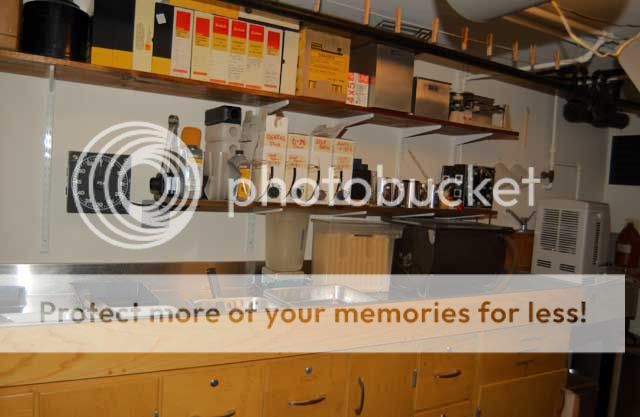So I'm looking at ordering some supplies to do B&W film developing and I wonder if someone could check my list.
Developer - Rodinal and Ilford ID-11 (I've looked at a LOT of photos out of the Yashica-Mat and ME Super this weekend and those with FP4+ are my favorites nearly every time).
Stop bath - Ilford Ilfostop
Fixer - Ilford Rapid Fixer
Wetting - Kodak Photoflo 200 (our water here is extremely hard - I've rinsed things with distilled water and still get spots)
Changing bag - Paterson
Developing tank - Paterson Universal w/ two reels (to do two 35mm or one 120) - an antique store here in town had a stainless with two reels for 35mm for $20, FWIW
Leader retriever - 35mm
Film squeegee
Thermometer
Various containers for chemicals - I can get these from work
Clips of some kind for hanging film
Scissors
Oh yeah, and a scanner!
Developer - Rodinal and Ilford ID-11 (I've looked at a LOT of photos out of the Yashica-Mat and ME Super this weekend and those with FP4+ are my favorites nearly every time).
Stop bath - Ilford Ilfostop
Fixer - Ilford Rapid Fixer
Wetting - Kodak Photoflo 200 (our water here is extremely hard - I've rinsed things with distilled water and still get spots)
Changing bag - Paterson
Developing tank - Paterson Universal w/ two reels (to do two 35mm or one 120) - an antique store here in town had a stainless with two reels for 35mm for $20, FWIW
Leader retriever - 35mm
Film squeegee
Thermometer
Various containers for chemicals - I can get these from work
Clips of some kind for hanging film
Scissors
Oh yeah, and a scanner!


